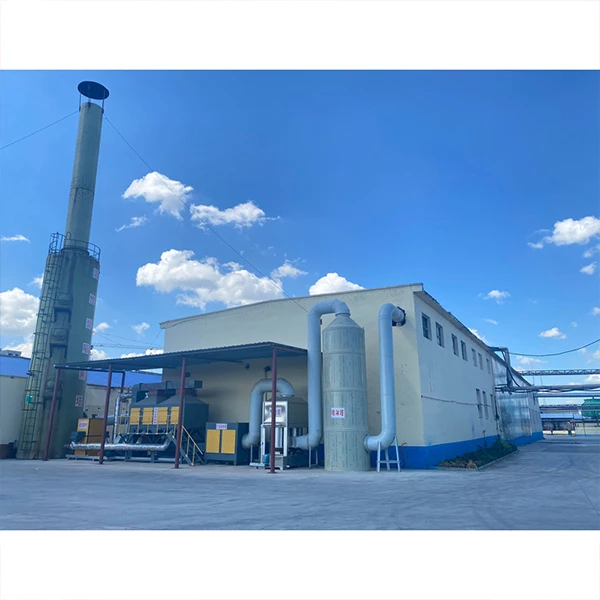HPMC Used in Construction An Overview of Benefits and Applications
Hydroxypropyl Methylcellulose (HPMC) is a highly versatile cellulose ether that has gained widespread popularity in the construction industry due to its unique properties and functionalities. As a non-ionic polymer derived from natural cellulose, HPMC is used to enhance the performance of various construction materials, such as cement, plaster, mortar, and tile adhesives. This article delves into the benefits, applications, and future prospects of HPMC in construction.
Understanding HPMC
HPMC is a modified form of cellulose, where the hydroxyl groups of the cellulose polymer have been partially replaced with hydroxypropyl and methyl groups. This modification results in a range of properties that make HPMC an indispensable additive in the construction sector. Its water-retaining capacity, thickening ability, and film-forming properties are particularly valued in construction applications.
Key Benefits of HPMC in Construction
1. Improved Workability One of the primary advantages of using HPMC in construction materials is its ability to enhance workability. The addition of HPMC improves the consistency and spreadability of mortars and plasters, making them easier to apply and finish. This is especially beneficial in large-scale construction projects where labor efficiency is crucial.
2. Water Retention HPMC exhibits excellent water-retaining properties, which is vital in preventing premature drying of cement-based materials. This retention helps ensure that the hydration process occurs effectively, leading to improved strength and durability of the final product. By minimizing the risk of cracking and shrinkage, HPMC contributes to the longevity of structures.
3. Adjustable Setting Time HPMC can be customized to adjust the setting time of mortars and other materials. Depending on the specific formulation, HPMC can either accelerate or retard the curing process, allowing construction professionals to tailor the setting times to suit different environmental conditions and project requirements.
4. Enhanced Adhesion In tile adhesives, HPMC is known for its ability to improve adhesion properties. By fortifying the bond strength between materials, HPMC ensures that tiles remain securely fixed to surfaces over time. This property is particularly important in areas subjected to significant thermal and mechanical stresses.
5. Reduced Shrinkage and Cracking The incorporation of HPMC into cementitious mixtures can significantly reduce shrinkage and cracking during curing and hardening. This characteristic is critical for maintaining the structural integrity of buildings and infrastructure, ultimately leading to reduced maintenance costs.
hpmc used in construction

Applications of HPMC in Construction
HPMC finds applications in a variety of construction materials, including
- Tile Adhesives As an essential component in tile adhesives, HPMC enhances adhesion and workability, enabling smoother and more effective installation of tiles in various settings.
- Cement Mortars HPMC is commonly used in cement mortars for plastering, bricklaying, and repair works. Its ability to retain water ensures optimal conditions for cement hydration.
- Self-Leveling Compounds In self-leveling compounds, HPMC improves flow properties, enabling the mixture to spread evenly across surfaces. This results in a smooth and level finish, crucial for flooring applications.
- Render and Plaster HPMC enhances the performance of renders and plasters, providing improved consistency, adhesion, and workability, which are essential for both interior and exterior applications.
Future Prospects
The use of HPMC in construction is expected to grow as the industry continues to prioritize sustainability and performance. Ongoing research and development are likely to lead to the introduction of new HPMC formulations with improved properties tailored to specific construction needs. Additionally, with the increasing focus on eco-friendly materials, HPMC's biodegradable nature aligns well with contemporary sustainable building practices.
Conclusion
In conclusion, Hydroxypropyl Methylcellulose (HPMC) has emerged as a crucial additive in the construction industry. Its numerous benefits, including improved workability, water retention, adjustable setting times, enhanced adhesion, and reduced shrinkage, make it an ideal choice for various construction applications. As the industry evolves, HPMC is poised to play an even more significant role in achieving durable, high-performance buildings that meet the demands of modern construction while adhering to sustainability principles.






